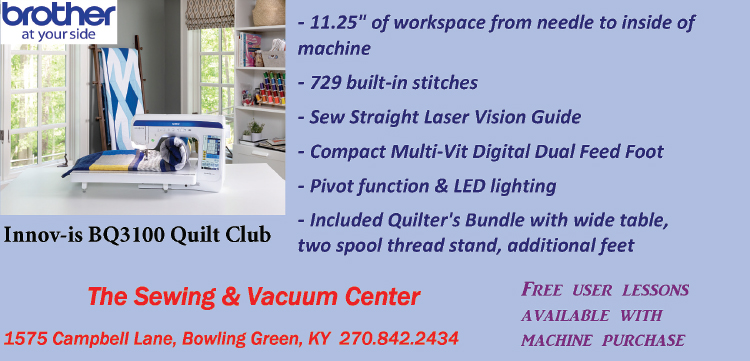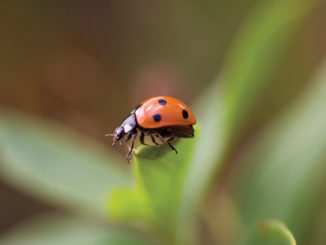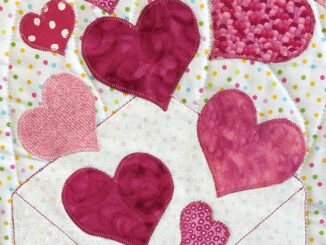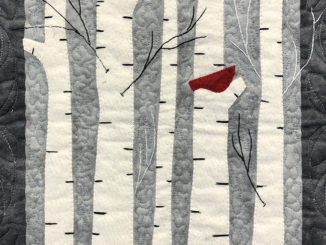
Making a quilt involves two separate parts: piecing the top and then quilting the top. Traditionally, quilting was done by hand and there are still those who enjoy the hand quilting. Most quilts today, though, are finished by machine. This can be done by the piecer or by a quilting specialist with a longarm quilting machine.
Hand quilting requires patience, as it takes much longer to complete than a machine-stitched quilt. Those who do hand quilt enjoy this slower process of completing a quilt and take pride in their hand stitching. Most often, a part of the quilt is secured in a hoop, then stitched with hand quilting thread. The hoop is then moved to another unquilted portion. Hand quilting was also a social affair many years ago when ladies in the community would gather around a large quilt frame and all would stitch on the quilt to help complete it.
Machine quilting can be done at home on a tabletop machine or completed on a longarm machine mounted on a frame. These large quilting machines, once used mainly in business, are now found in many quilters’ homes. Longarm quilting can be done manually (the operator moving the machine to create patterns) or by computer (patterns are programmed in the computer which then moves the machine to create designs). Most longarm machines will need a dedicated space, as they take up a lot of room! If you want to quilt king-size quilts, the frame for the longarm will be at least 14 feet long. Locally, we have a list of several quilters who provide longarm quilting services – call us for the list.
There are two ways to complete a quilt using your tabletop machine: Walking-Even Foot quilting and Free Motion quilting. Walking Foot quilting is done with the feed dogs up, as in normal sewing, and using the walking foot attachment. Free Motion quilting is done with the feed dogs lowered; the quilter, NOT the machine, moves the quilt sandwich to create the stitching designs. Of the two, the Walking Foot quilt is the easiest but the Free Motion quilting provides the greatest freedom (and the most fun!) in making designs.
If you plan to finish the quilt yourself, consider the following:
•The more space you have between the needle and the side of your machine, the better your quilting experience will be. If your space is less than 8”, baby and throw-size quilts should be a good fit. For larger quilts, consider a machine with 8+ inches. (The larger home machines are now available with 11”-13” between needle and machine side).
•An extension sewing table for your machine provides a larger space level with the sewing bed which makes the quilt easier to move under the needle.
•Use a good quality thread; 50 weight is the most common, although lighter and heavier threads can be used for specific effects.
•Use a new needle when you begin the project. Size 11’s, 12’s, or 14’s are the most common sizes to use. Universal needles can be used, or machine quilting needles are also good.
•Machine quilting gloves help with holding and moving the quilt.
•Good lighting is also a must, along with plenty of space to the left of your machine and behind the machine.
There are many available resources for machine quilting online and in print. The Sewing & Vacuum Center also offers classes on Free Motion and Walking Foot quilting several times during the year. Come by and see us!
******************************************************************************************
March is National Quilting Month and Saturday, March 16 is Quilter’s Day Out. Quilter’s Day Out was first celebrated in Kentucky in March 1990 by the Kentucky Heritage Quilt Society. The following year, the National Quilting Association passed a resolution to take the celebration nationwide. Today, Quilter’s Day Out is a well-established celebration in the quilting community. Local guilds and quilting groups offer various activities on the third Saturday in March to celebrate the art of quilting. Check with your local guild to see what activities they may be offering to celebrate the day!
-submitted by The Sewing & Vacuum Center





